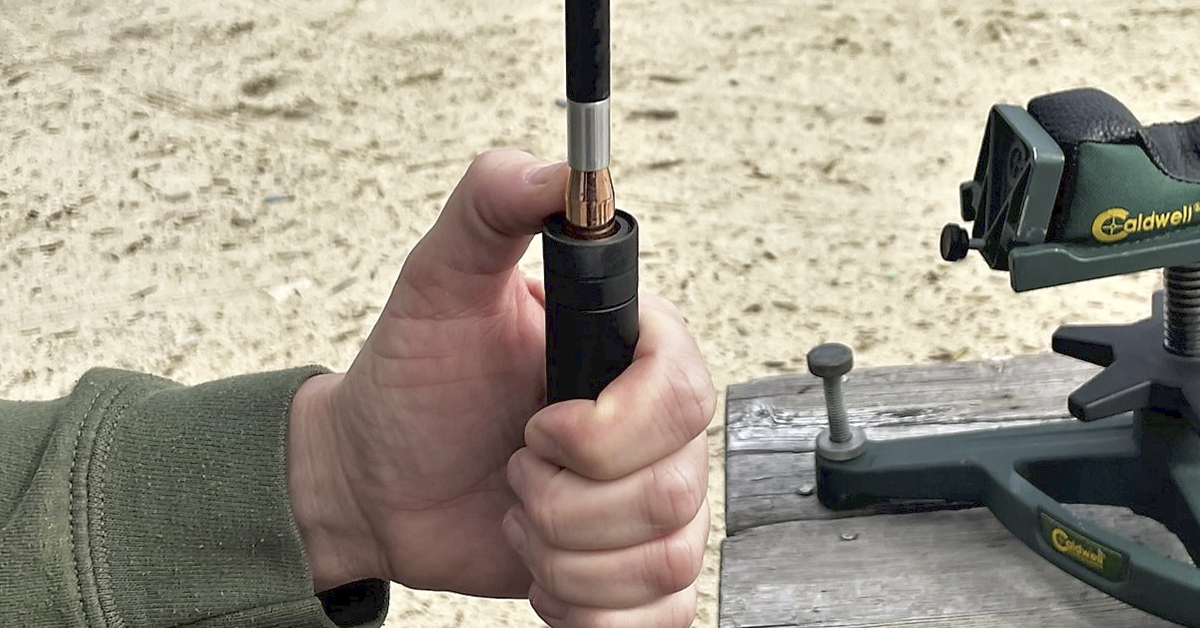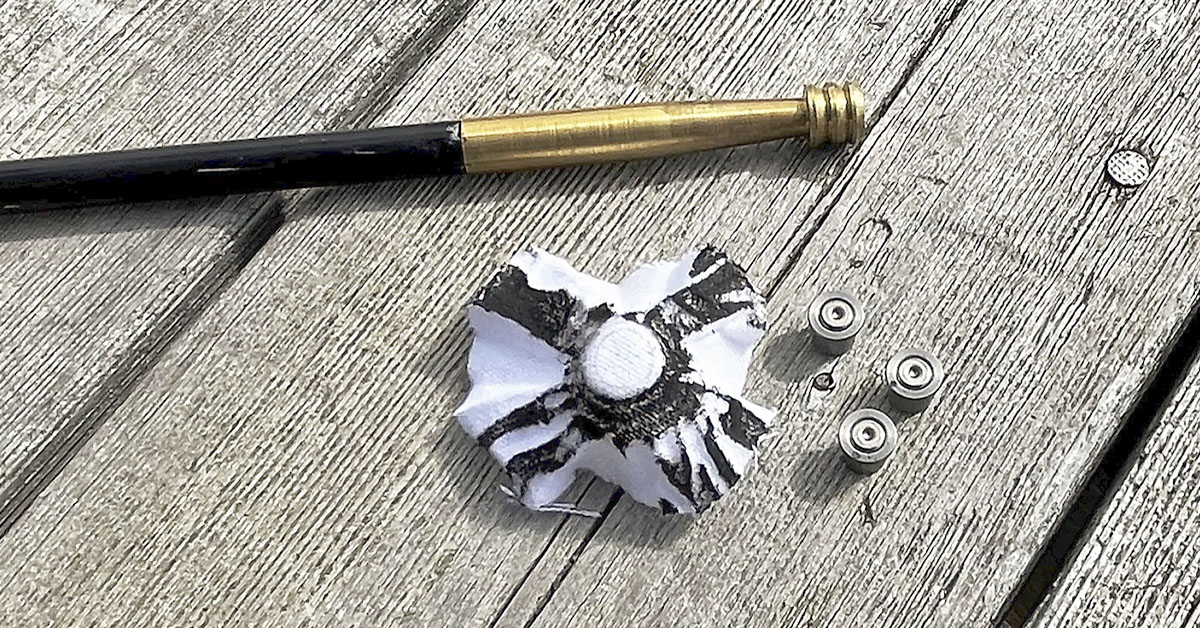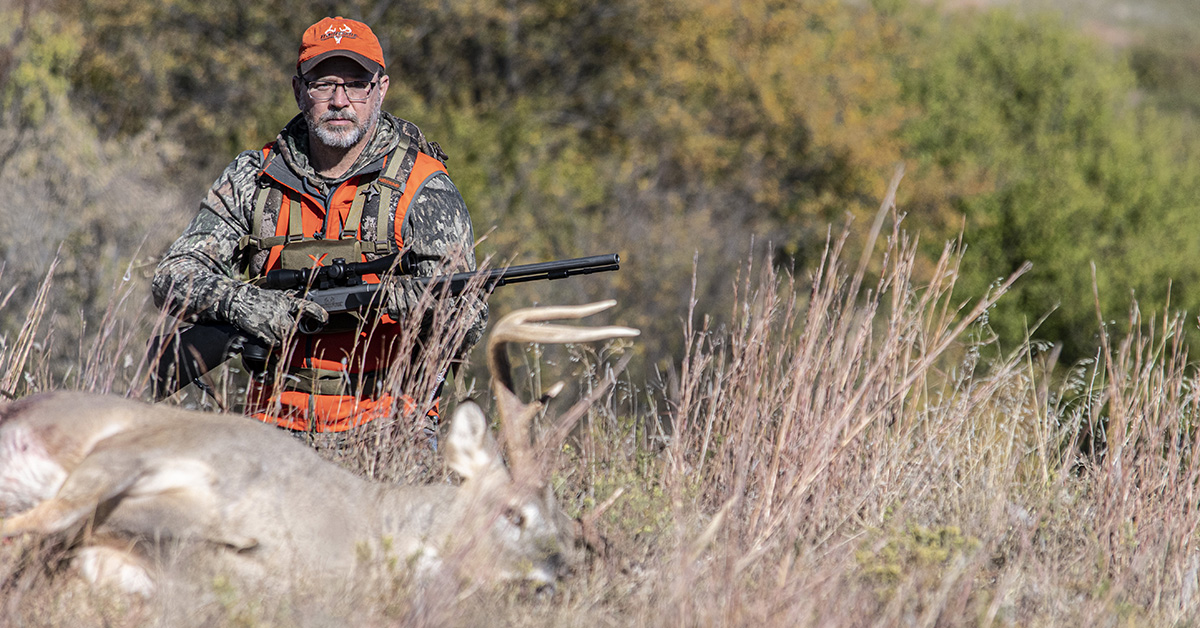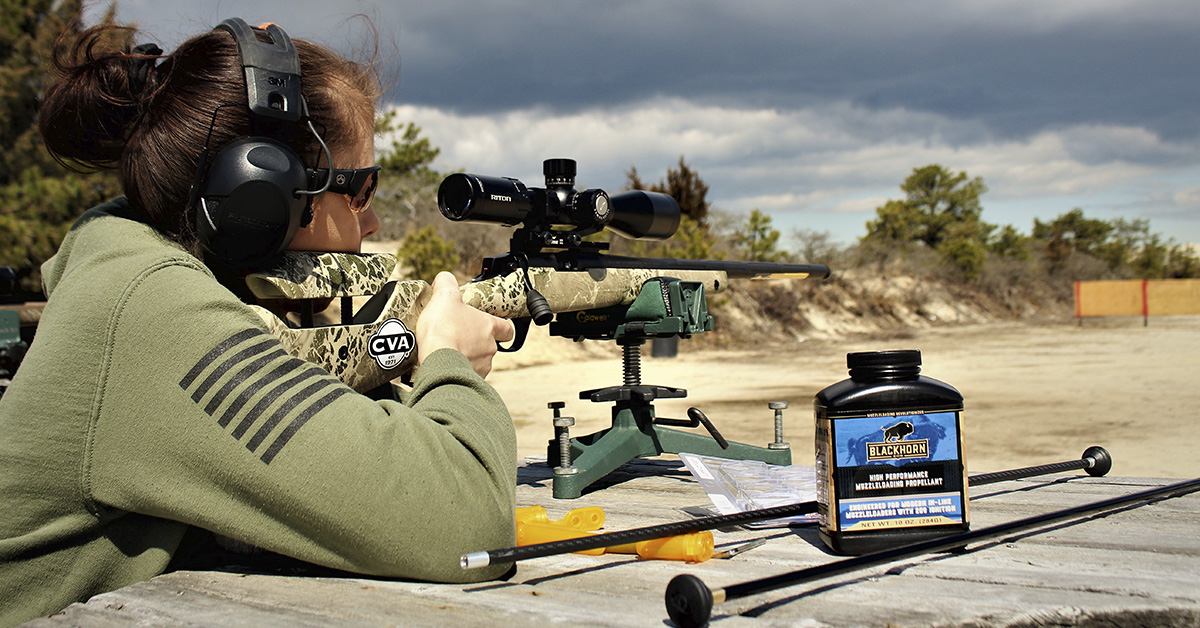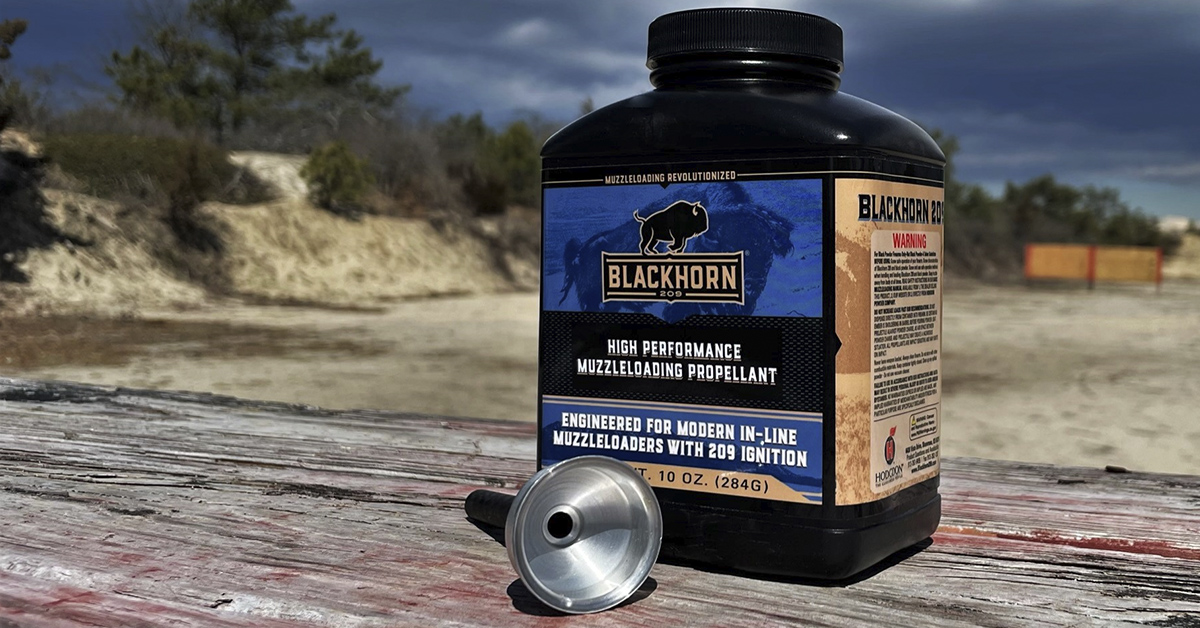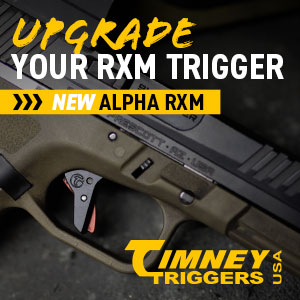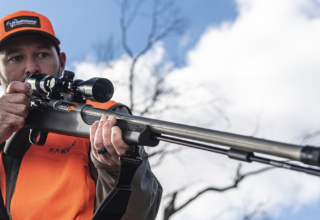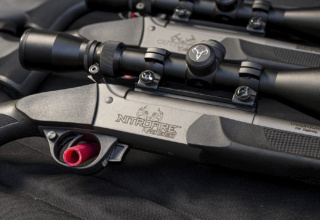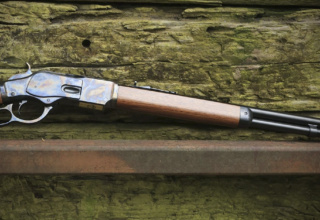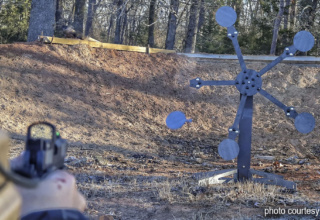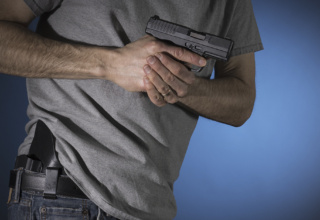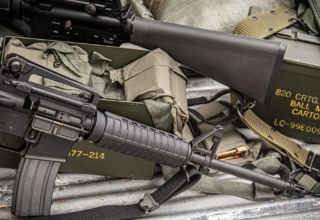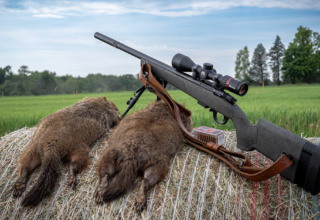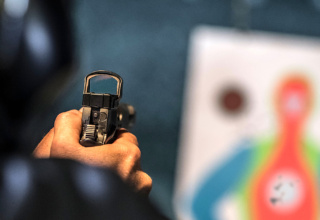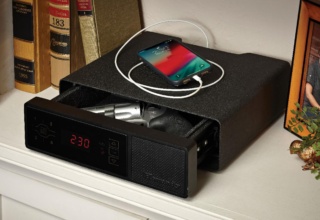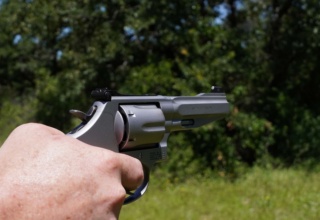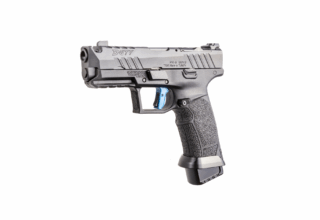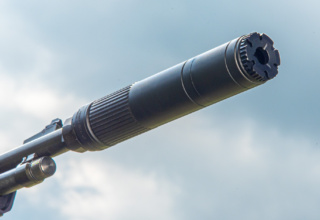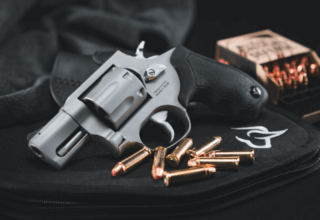Whether for hunting or slow-paced fun on the range, modern muzzleloaders have a lot to offer…with a DIY twist
by Barb Melloni
Most of us have had a friend who purchased a gun they weren’t necessarily a fan of and decided to offer it up to you to buy before they listed it on a resale site such as GunBroker or took it to the local gun shop to be placed on consignment. Most folks would answer with a quick “Yes!” if their friend were to offer them a rifle, pistol, or shotgun; but if they were to offer up a muzzleloader, chances are there would be some hesitation or perhaps an outright declining of the offer.
Most of this hesitation comes from a place of inexperience rather than dislike, which is easily solved with a bit of education. Using a Paramount HTR muzzleloader from CVA as our test gun, we want to discuss the ins and outs of the modern muzzleloader, some things that make it popular, and even a few facts that may persuade you to take a second look at a platform that has been around since the beginning of the 17th century.
DIY on the Gun Range
If you are a fan of DIY firearm projects, the process of loading a muzzleloader brings that similar type of experience to the range. Preparing a muzzleloader to fire is a tad more involved than simply slapping in a magazine full of your favorite ammunition. While the process could vary slightly from model to model, the overall idea is generally the same. Here, we will briefly describe an overview of the process, but for complete details for this or any muzzleloader, be sure to reference the owner’s manual.
After ensuring that the gun is unloaded and clear of any components, the first step is to measure out the necessary amount of powder. There are quite a few devices on the market that can be used to do this, but for our range session, we chose a simple digital scale used for reloading, a funnel, Blackhorn 209 powder, and a few universal loaders.
Once your powder is measured, it is poured right down the muzzle and you’re quickly on to the next step.
Place your chosen bullet (we used .45 caliber ELR Powerbelt Bullets in our HTR) atop the muzzle. Placing your ramrod atop the bullet, you’ll press downward until the bullet is completely seated onto the powder. Next, with the muzzle pointed in a safe direction, the primer is inserted into the breech plug. Now, simply close your bolt, place your sights on the target, and squeeze the trigger.
Since load development was the purpose of this range session, after each shot, a dry patch was run down the muzzle to clean up any remnants of the now burnt Blackhorn 209 before preparing for the next shot, although this step is not required if you happen to be using the muzzleloader for hunting.
Extend Your Hunting Season
Across the country, there are special times within the typical hunting season that are open to hunters with a muzzleloader slung upon their shoulders. These special seasons are typically before or after the season opens for centerfire rifle hunting — quite often during a more optimal time of the season when deer, for example, are in rut. If you happen to be hunting on public land, you will likely have less of a chance of a fellow hunter stomping through the woods beneath your deer stand and flushing your quarry out of your hunting area.
Speaking of wild game, if you find yourself missing out on drawing an elk tag or any other number of similar tags in various states, adding a muzzleloader to your repertoire will give you more of a chance to fill your freezer if you happen to be lucky enough to draw such a tag.
Lastly, with every passing year, the effective range of modern muzzleloaders hitting the market has been growing further and further, thus giving the hunter a better chance of landing an ethical shot on difficult-to-reach game.
Going The Distance
In previous years, many long-range shooters would say that the average distance that one could confidently land shots would be anywhere from 50-200 yards; anything exceeding that would likely being outside the effective range of the gun. With the right muzzleloader, powder, and bullet combination, though, the modern-day muzzleloaders can reach distances of a thousand yards. We’re not talking shots at game animals at those extreme distances (that would be totally unethical), just the trajectory potential. Imagine sitting down on the firing line with a .308 bolt gun to your left, and a 6.5 Creedmoor bolt gun to your right, banging away at steel ten football fields away while you confidently ram both powder and bullet down the business end of your muzzleloader and accomplish the very same task.
When it comes to long-range accuracy of this nature, you want to treat the “rounds” that you are shooting with the same care as any cartridge you would typically use for long-range shooting as far as load development is concerned. Finding a combination that works best for your gun and being able to repeatedly and consistently load each shot you take is essential in determining how it groups at distance. The process is the same; it is simply the tool that has changed. There is undoubtedly a certain a level of satisfaction from quite literally handloading your gun component by component on the firing line and landing shot after shot at such distances.
- TESTED: Taylor’s & Company TC73 Lever-Action 9mm - June 30, 2025
- The Skinny on Target Steel - April 24, 2024
- Beginner’s Guide to Concealed Carry - November 13, 2023


